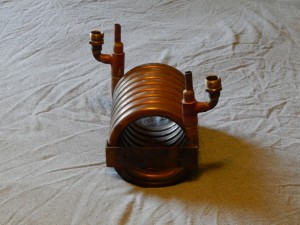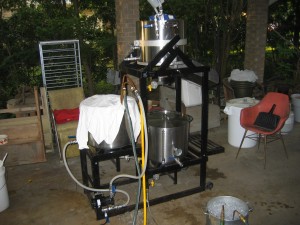
Clostridium botulinum — the bacteria that produces the botulinum toxin, which causes botulism. (CDC photo in the public domain)
Botulism is a rare but serious condition that can occur due to eating improperly preserved foods. One homebrewing practice that is gaining in popularity may put homebrewers at risk for botulism — using the no-chill method of wort chilling and subsequently storing (unpitched) boiled wort in sealed containers for long periods of time.










Recent Comments